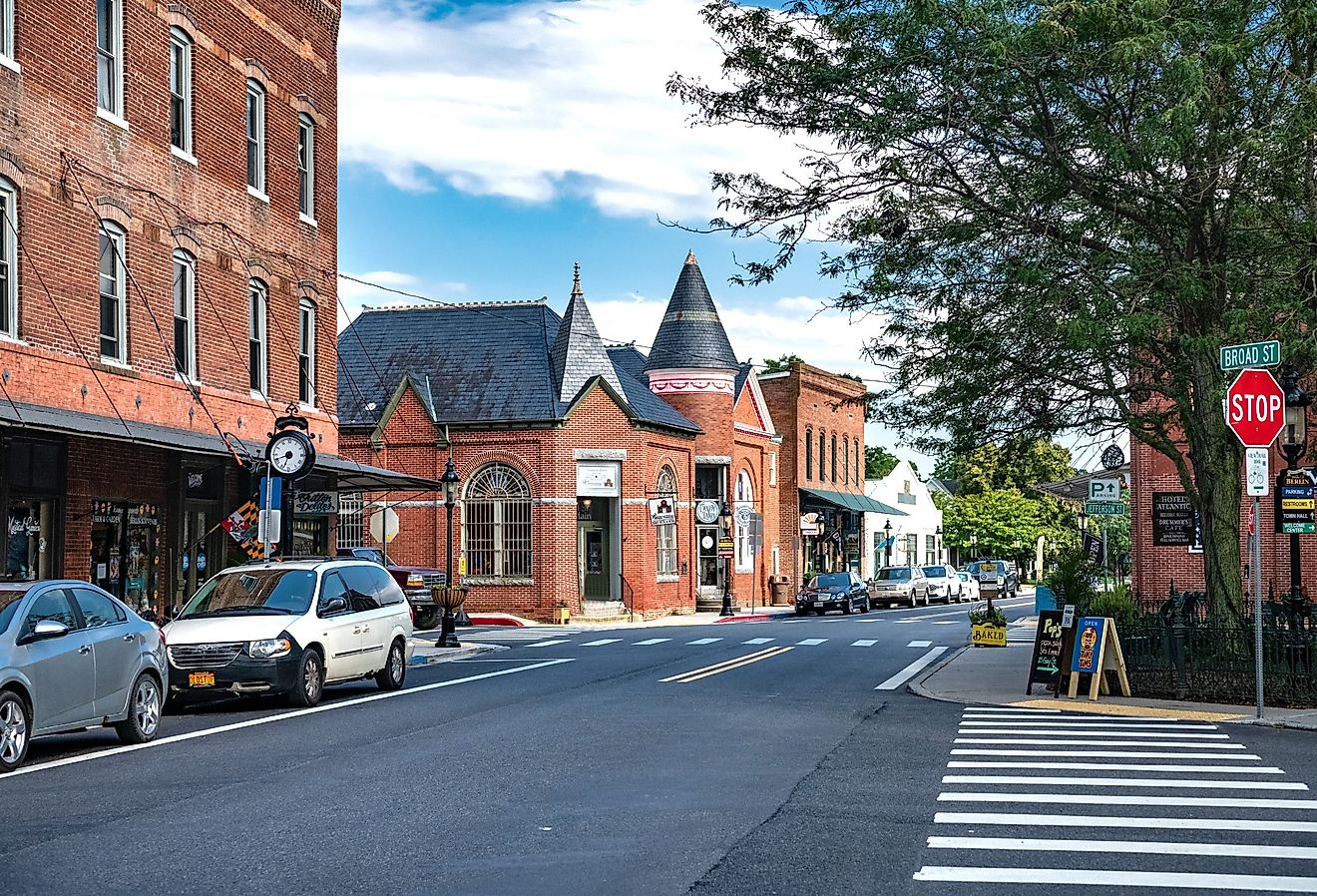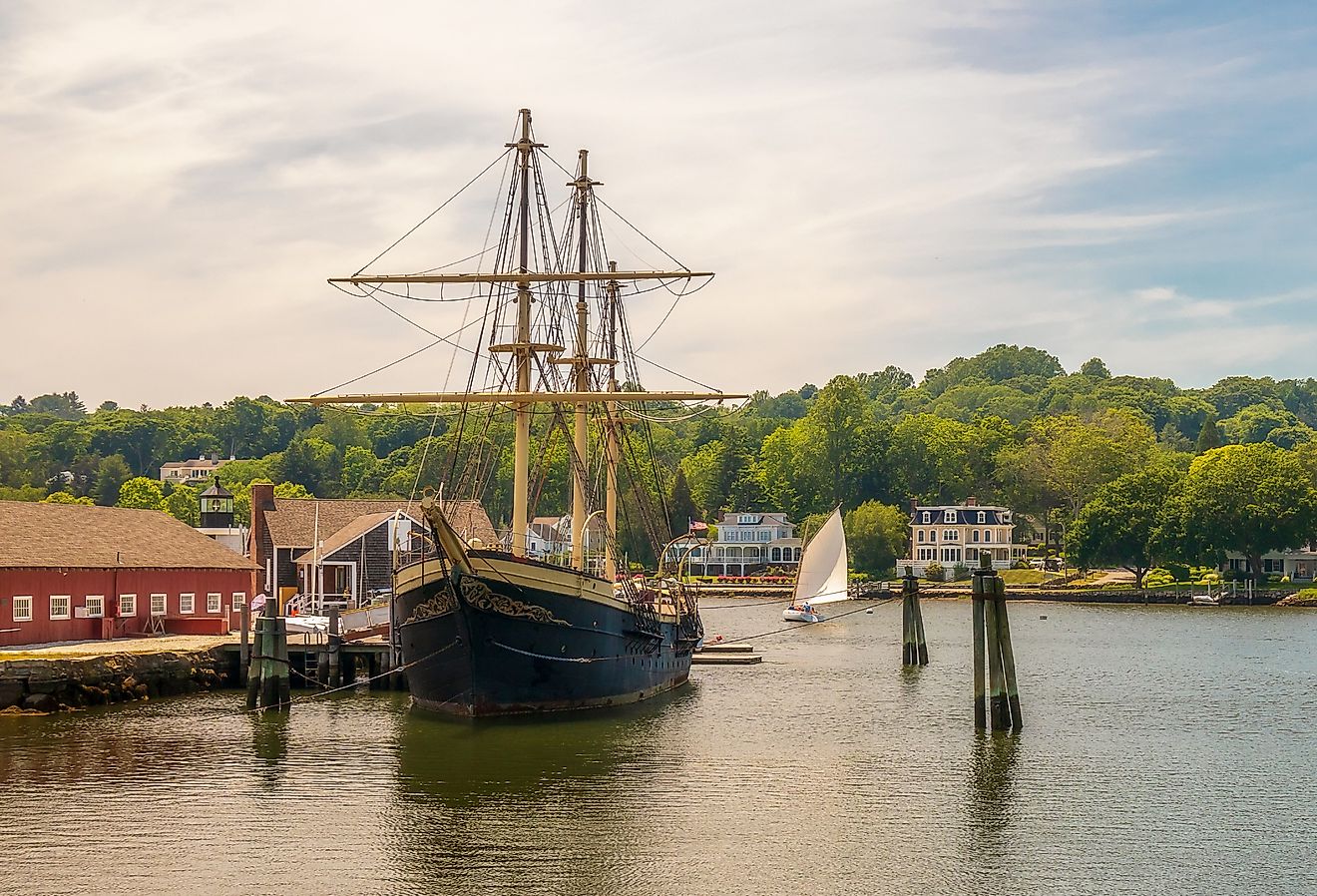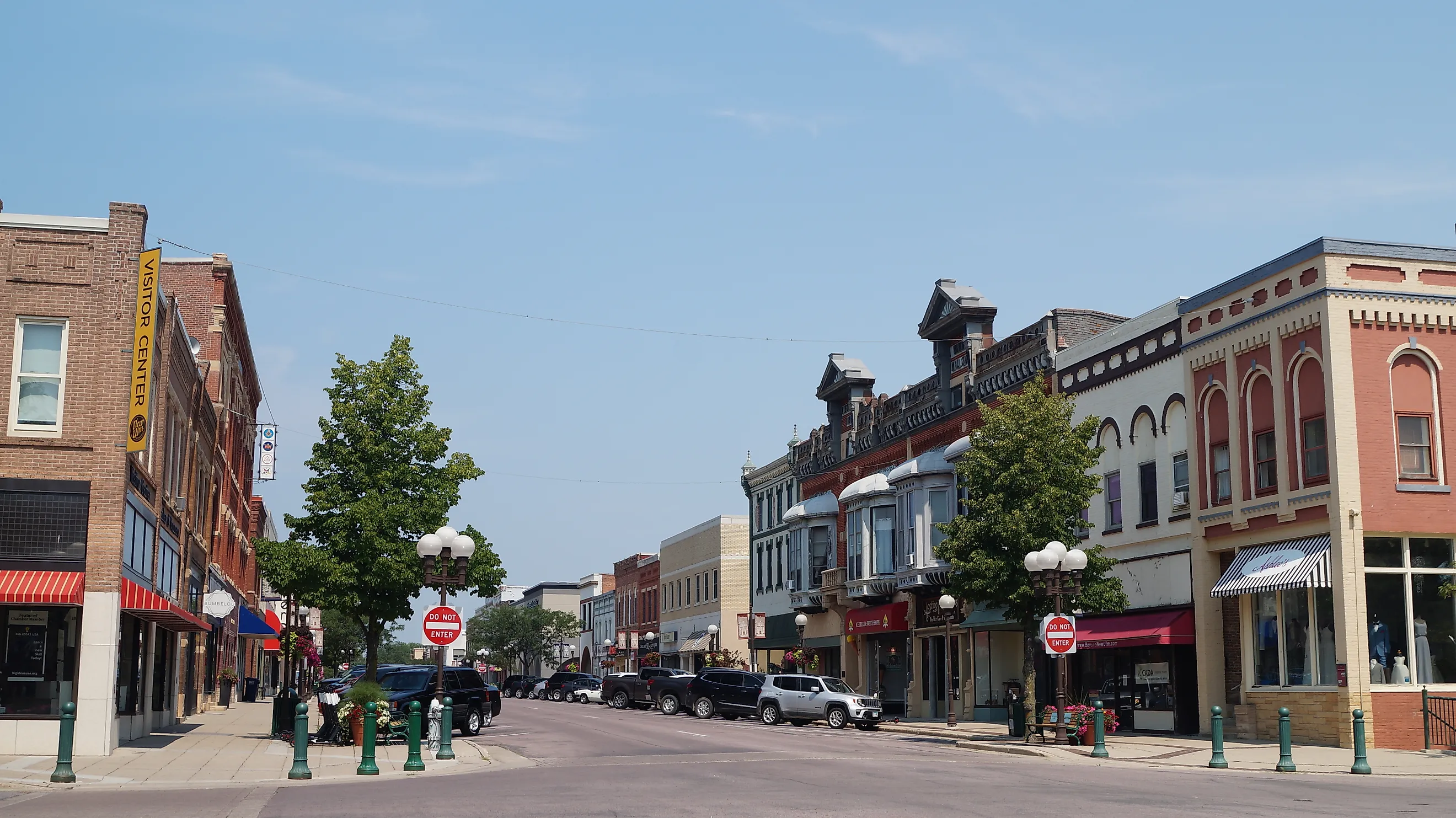
7 Best Towns In Minnesota To Retire Comfortably
When the National Weather Service warns that “lake effect” snow is inbound, most people picture shovels; Minnesotans picture spare folding chairs, room for the neighbor who will inevitably help dig you out. That built-in civility, known locally as Minnesota Nice, runs deeper than an accent or a potluck hotdish. It shapes town budgets, park systems, and even broadband cooperatives, quietly turning modest communities into high-functioning support networks.
This list of seven towns isn’t about bragging rights or record-breaking walleye catches (though you’ll find both). Instead, it spotlights places where median home prices stay sane, hospital drive-times are measured in minutes, and winter’s fiercest blizzards are countered by free loaner ice cleats at the library. From bluff-hugging river ports to prairie hamlets that power themselves with community wind turbines, each town proves that “comfortable” in Minnesota means infrastructure and neighborly habits engineered for longevity. Dive in and meet the zip codes where retirees trade deadlines for decency!
Winona
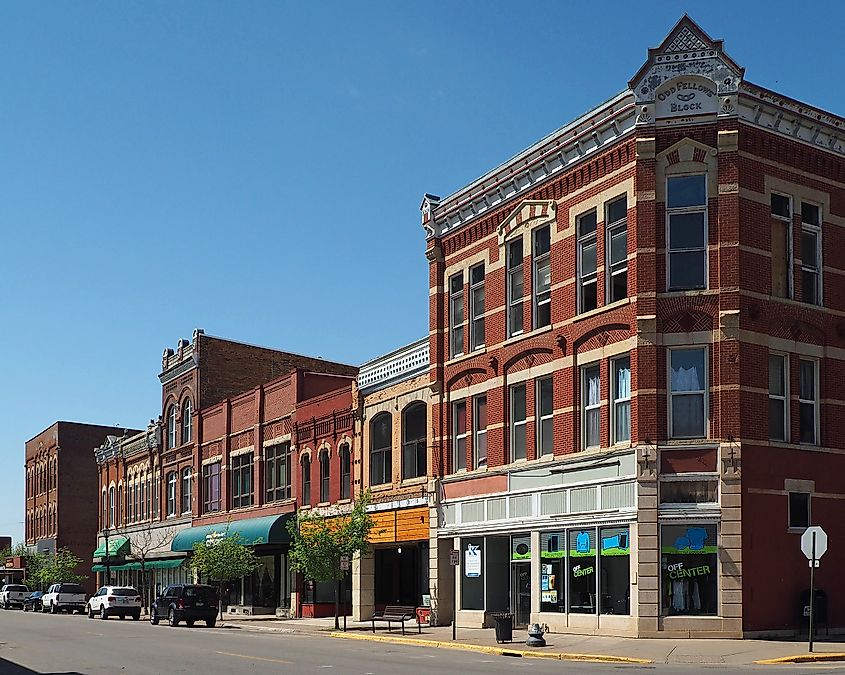
In 1887, quarry workers blasted a bluff in Winona but stopped when they hit an extra-hard pillar of quartzite. That leftover pillar, now called Sugar Loaf, stands alone, serving as an easy-to-spot landmark for pilots and as a symbol on city logos. The blasting also opened nearby caves that naturally stay about 52 °F. The county uses those cool caves to store old documents and film, cutting its archive energy bills by roughly 42%. Realtor.com lists the May 2025 median house price at $272,000, twenty-three percent under Minnesota’s figure. Winona Health Medical Center stands six blocks from the Winona Station. Property taxes freeze permanently at age sixty-five by county ordinance, stabilising outlays for area residents on fixed incomes.
Minnesota Marine Art Museum hangs Winslow Homer’s Summer Night, O’Keeffe’s Blue 1, and limits docent tours to twelve visitors. Garvin Heights Park’s paved overlook rises 575 feet; sunrise parking remains plowed by 07:00 all winter. Blue Heron Coffeehouse roasts Kenyan Nyeri beans, serves steel-cut oatmeal. Retirees can walk easily along the riverfront Levee Trail or ride Route 1 transit around town.
Fergus Falls
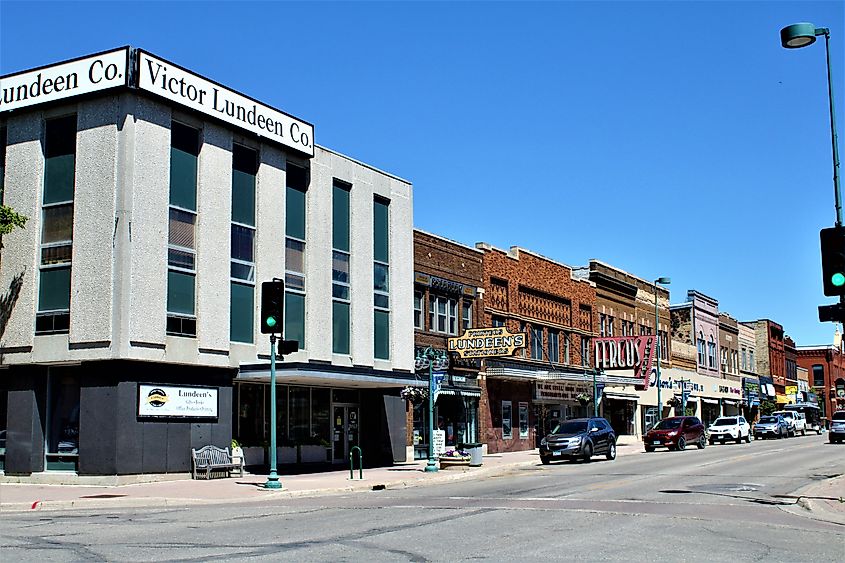
Kirkbride architecture defines Fergus Falls: the 1890 state hospital stretches 800 feet and now houses county offices, artist lofts, and a climate-stable archive cooled by 30-inch masonry ducts. A 1922 diversion of the Otter Tail River created a double-drop raceway generating 3.4 MW of city-owned hydropower that still meets a quarter of peak winter load. Realtor.com sets the May 2025 median listing price at $255,000, twenty-eight percent below the statewide median. Lake Region Healthcare stands two blocks from the Veterans Home clinic.

Otter Tail County Historical Society Museum occupies a 1923 armory and displays the 1908 streetcar bell. Prairie Wetlands Learning Center maintains 4.5-mile limestone loops and loans adaptive sit-skis once snow depth hits five inches. Mabel Murphy’s supper club plates Red Lake walleye almondine and serves half-portion entrées. Pebble Lake Golf Course, a city-owned par-72 with continuous cart paths, sells senior season passes including unlimited range balls.
Hutchinson

Hutchinson was founded in 1855 by the Hutchinson Family Singers, abolitionist balladeers whose log stockade outline remains visible under plexiglass in Library Square. Today 3M’s abrasives plant powers a 24-megawatt solar array, the state’s largest corporate rooftop system, feeding surplus energy into the municipal grid. Realtor.com records a May 2025 median listing price of $329,900, seven percent below Minnesota’s median. Glencoe Regional Health runs a twenty-five-bed critical-access hospital, and Hutchinson Public Utilities locks residential electricity at a low price, shielding retirees from fuel surcharges during both summer and severe winter storms.
Crow River Winery presses Frontenac and Marquette grapes; weekday tastings cost eight dollars for six pours with smoked-cheddar pairings. The Luce Line State Trail follows the Electric Short Line grade; Outdoor Motion rents recumbent trikes outfitted with safety pennants. Hutchinson Center for the Arts curates rotating exhibits and limits Thursday figure-drawing to twelve participants, supplying charcoal and easels. McCormick's Family Restaurant serves homestyle breakfasts, legendary cream pies, and friendly refills, anchoring Highway 7 travelers with timeless booths and genuine small-town warmth.
Thief River Falls
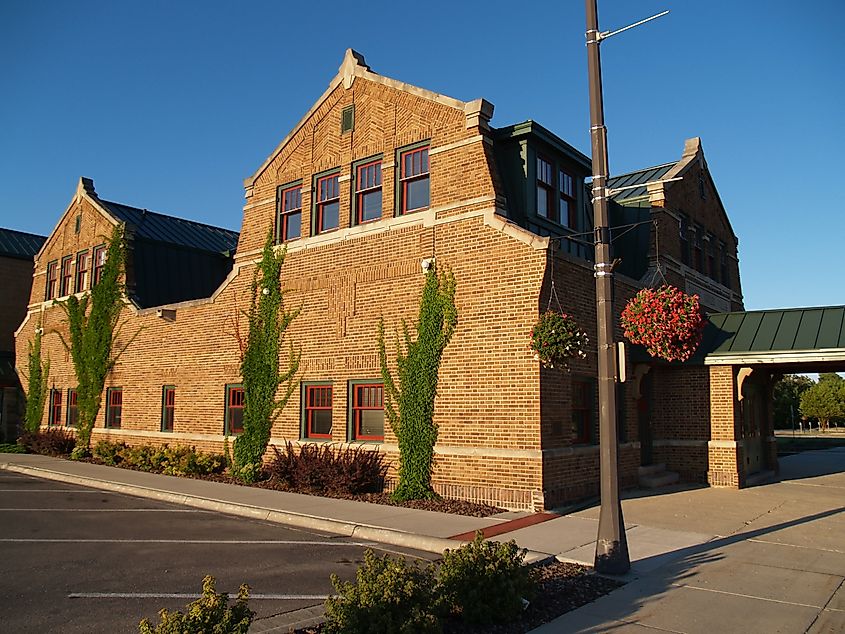
Adjustable stop-logs installed in 2021 at the Red Lake-Thief River confluence ended decades of spring ice-jam evacuations. Arctic Cat built its one-millionth snowmobile here in 2018; waste-heat piping now warms Digi-Key’s mezzanine, lowering municipal gas demand six percent. Realtor.com lists the May 2025 median house price at $165,000, thirty-nine percent below the state median. Sanford Medical Center supplies twenty-five beds and same-day orthopedics.
Pennington County Historical Society’s Pioneer Village lines twenty restored buildings; Friday tours feature live smithing. Ralph Engelstad Arena hosts the Norskies junior hockey team; seniors enter for five dollars using Golden Age passes from City Hall. The River Walk runs 1.3 miles between Myrtle Street and the Northland footbridge, crossing LED arches whose colors track water temperature. Black Cat Bar & Grill serves a half-pound Arctic Burger made with Peterson Farms beef and maintains a quiet dining room supporting normal conversation throughout the evening service window.
New Ulm

New Ulm’s downtown still broadcasts its German roots, from bilingual street banners to the copper-domed Glockenspiel that animates carved figures at noon, 3 p.m. and 5 p.m. Overlooking it all is the 102-foot Hermann Heights Monument, “Hermann the German,” a 19th-century tribute to Teutonic heritage and a favorite panoramic lookout. Just south, August Schell Brewing Company (est. 1860) offers 90-minute tours that finish in an 1885 taproom where seniors sample lager, Kölsch and house-made root beer for $10 on Saturdays.
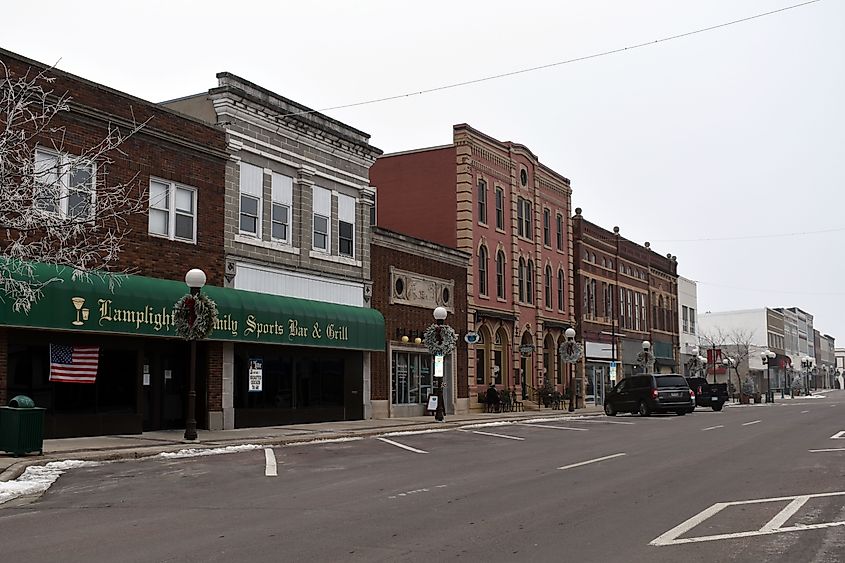
Median listing prices sat around $210,000 in May 2025, roughly a quarter below Minnesota’s statewide median, making ownership attainable. Healthcare needs are covered by Allina New Ulm Medical Center, a 49-bed Level IV trauma facility less than five minutes from the courthouse. History buffs can browse three floors of regional exhibits in the 1910 Renaissance-Revival former post office that now houses the Brown County Historical Society Museum. When summer heat rolls in, residents cool off at the chlorinated sand-bottom pool in Flandrau State Park (open early June through mid-August; standard day-use fee, beach wheelchairs available on request).
Red Wing
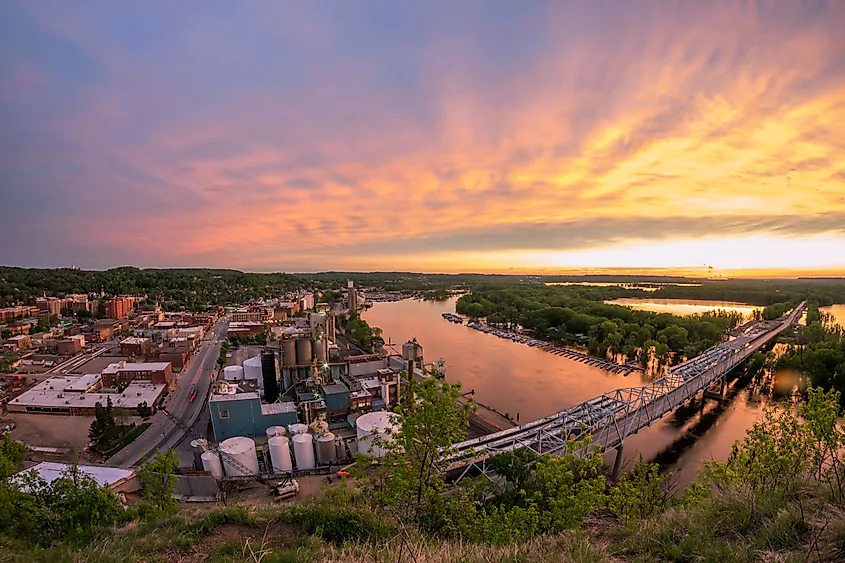
Barn Bluff’s sandstone face, quarried in the 1800s for local building stone, now anchors a city park; trail maps and geology notes load instantly when hikers scan the QR codes posted at each overlook. Downtown, Red Wing Shoe Company still turns out Goodyear-welt work boots in the same Main-Street factory that opened in 1905, a reminder that manufacturing, not tourism, remains the town’s economic bedrock. Median listing price was $322,700 in May 2025, roughly 9 percent below the Minnesota median, keeping ownership within reach of middle-income buyers. Urgent care is close at hand: Mayo Clinic Health System - Red Wing staffs a 24/7 Level-IV emergency department only minutes from the riverfront.
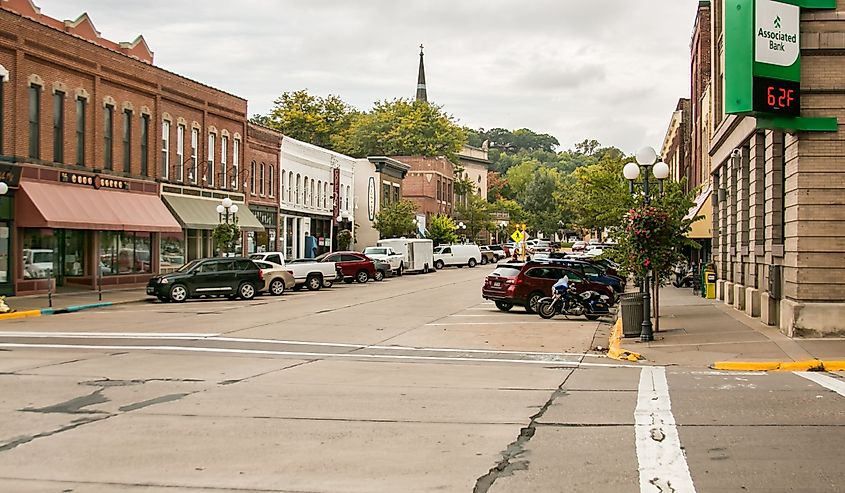
Leisure options match the essentials. The 1904 Sheldon Theatre runs budget “Tuesday Classics” that put Hollywood’s golden age on a restored proscenium screen. The Pottery Museum of Red Wing displays more than 6,000 pieces of stoneware and art pottery, with weekend wheel-throwing demos that fill quickly. Cyclists roll straight from Old West Main onto the 19-mile paved Cannon Valley Trail; e-bikes and upright rentals are available across the street at Rolling River Bike Rental. And for a taste of local routine, early risers line up at Hanisch Bakery, where half-loaves of fresh rye and prepaid pickup cubbies keep breakfast swift and inexpensive.
Faribault
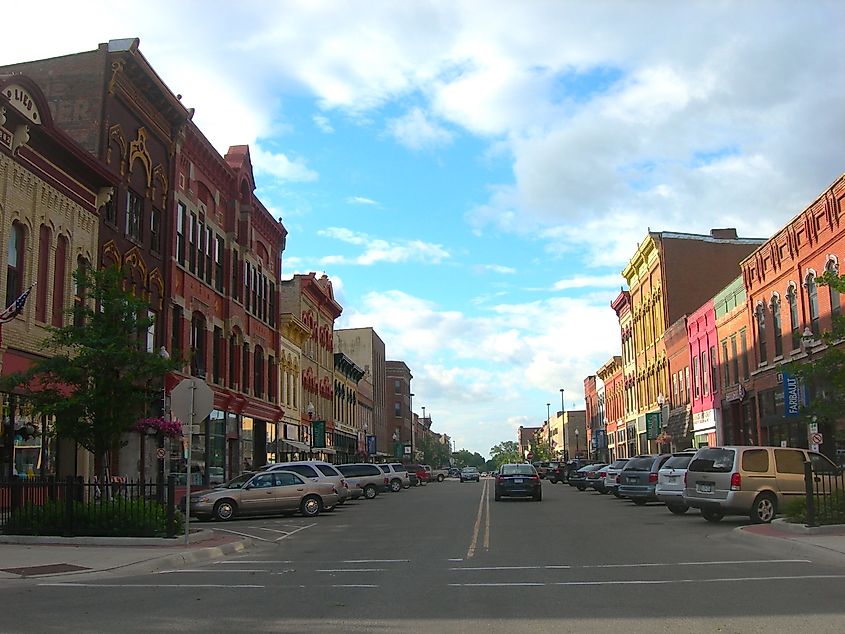
Faribault Woolen Mill has been weaving blankets on the Cannon River since 1865 and still offers public tours that show how its historic looms have been updated for modern production. Homes stay accessible: Realtor.com listed a May 2025 median asking price of $339,900, about four percent under the statewide median. Health care is close at hand at Allina Health Faribault Medical Center, a Level IV trauma hospital with roughly 30-plus inpatient beds and a rooftop helicopter pad for quick transfers. Rice County uses the Everbridge alert system and sounds outdoor warning sirens on the first Wednesday of every month, a reminder to keep weather radios handy.
Free time fills easily. The 1885 Paradise Center for the Arts stages concerts, plays and occasional classic-film nights in a restored opera house on Central Avenue. Hikers and birders roam the 743-acre River Bend Nature Center, where short trails like Walnut Loop now feature QR-code signs that play local bird calls. For food, locals head to the depot-turned-eatery Depot Bar & Grill for walleye or a rye-bread patty melt, then stroll two blocks to 10,000 Drops Craft Distillers to sample small-batch bourbon and barrel-reserve gin in a reclaimed warehouse lounge.
Choosing a retirement town in Minnesota is less about chasing postcard views and more about aligning needs with community habits. Winona’s river bluffs, Fergus Falls’ hydro grid, and Faribault’s mill turbines prove infrastructure can feel neighborly. Factor in below-median home prices, walkable culture, and health care measured in minutes, and the decision narrows to personal rhythm. Pick your backdrop, unpack the snow brush, and join the chair line—warm welcomes await.


